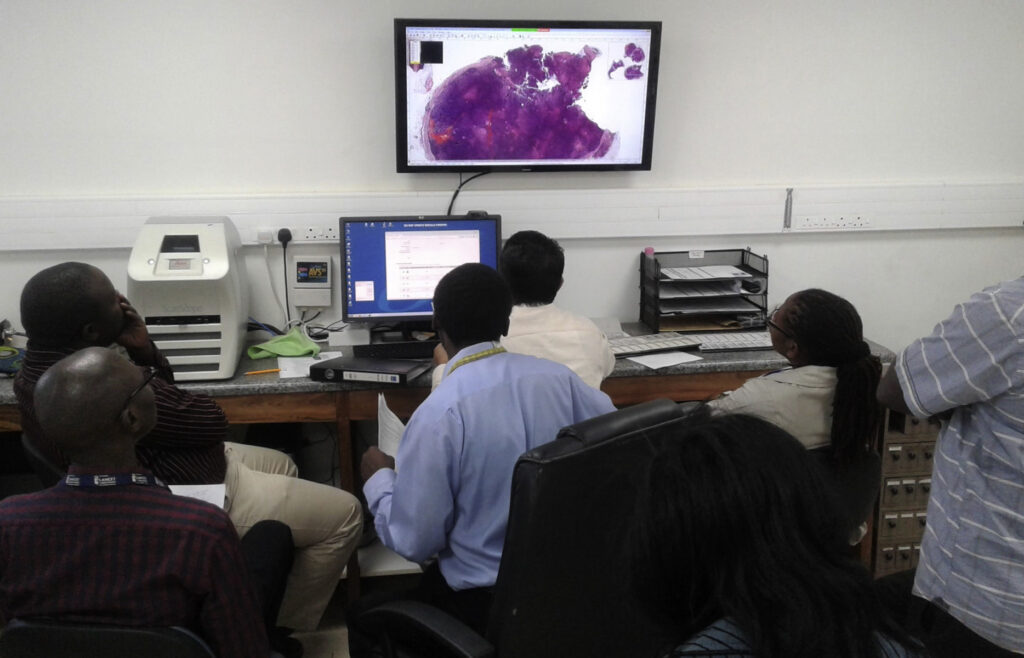What are the barriers and mitigation to the adoption of digital pathology in developing countries?
1st December 2021
There is an increased push for digitization in various elements of healthcare especially with the increasing workload and lack of specialists. Pathology for the most part still relies on microscopes, however, Digital Pathology is gaining momentum. Covid pandemic has accelerated the adoption as transition to digital pathology has emerged as the need more than a preference, for example, its usage in telepathology. Many governments are upgrading their system and digitizing elements of care delivery which includes digitizing pathology. However, there are issues impacting the speed of adoption:
1. Cost of scanners: Scanners are expensive and complicated machines, which sometimes have their own expensive learning curve from an understanding and maintenance perspective. However, with more innovations and many companies joining the race, the cost is coming down with increased adoption and better technology.

2. IT integration: Pathology reporting needs access to patient details. This means the digital pathology system has to integrate with the IT infrastructure or the data has to be fed in the reporting software directly. This is not always easy with different systems requiring different types of integration. However, it is a one-time effort and like any digital infrastructure integrated with the hospital system, this is also getting standardized with increasing adoption.

3. Storage of images: The digital images of slides are big and can range from 1.5 – 3GB. Monthly storage can be 2-3 TB at a busy center. However, digital slides are more efficient than storing physical slides, and technology like high-capacity cloud storage is being leveraged.
4. Learning curve for pathologists: Since it is a newer modality, pathologists would need some time and training to move to digital reporting. This will involve a workflow change. Workflow management solutions enable easy distribution of tasks and integration of digital pathology. Many user-friendly solutions are available or upcoming helping to manage this.

5. Cybersecurity: Healthcare data is sacrosanct and valuable. Possibilities of cyber attacks have made cybersecurity an important factor in the adoption of new digital modalities. However, digital pathology is using similar protection architectures as used for any other digital data like Radiology scans which helps in mitigating the threats.
The issues with digital pathology adoption are similar to the issues expected with the introduction of any new tech in healthcare. However, the value proposition of digitizing an entire specialty has many advantages over the initial hiccups of making it mainstream. From making it easy to report to reducing the time for the second opinion to name a few. Covid pandemic has proved that it is time to move as digital as possible in every field especially healthcare and an opportunity for countries to leapfrog to the next generation of healthcare. AI and computational pathology can be instrumental in the evolution of pathology specialty, especially for developing countries that are grappling with a paucity of specialty pathologists.
The digital wave is unstoppable and in the near future, there will be 2 types of healthcare providers, who adopted the technology or who have to adopt it.
*Views expressed are the personal opinion of the author
